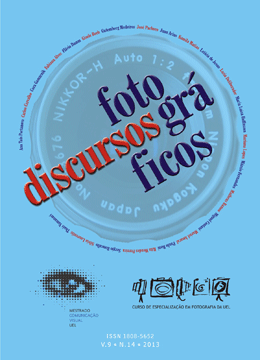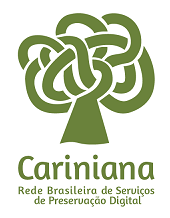The visual language in the interactive processes of graphical interfaces in websites
DOI:
https://doi.org/10.5433/1984-7939.2013v9n14p283Keywords:
Graphical user interface (Computer system), Visual communication, Web sites.Abstract
In this theoretical study, we examine the application possibilities of the visual language in the development of graphical user interfaces of institutional websites, seeking to understand how this language features can act as enhancer of the interactive processes between man and computer. The literature review, initially, covers the concept of interface highlighting the aspects of language by characterizing it as a process of intersemiotic translation as defined by Roman Jakobson. We present the main principles and guidelines traditionally imposed to interface designers in order to make them more efficient. We discuss the peculiarities of digital media based on the characteristics of the immersive reader, as stated by Lucia Santaella: sensory readiness, non-linearity of reading and interactivity. Since this is a process of language acquisition, this group of concepts is associated to the one of Vygotsky, the zone of proximal development and we conclude that the graphical user interfaces based on visual language can decline the traditional conventions and standards and still remain efficient. Their familiarity does not come from other interfaces, but from signs known to the user off the internet and, when they disregard the playfulness, they make the process a more intense interest as greater sensory involvement of the user is required.Downloads
Download data is not yet available.
Downloads
Published
2013-04-23
How to Cite
Junior, S. M. (2013). The visual language in the interactive processes of graphical interfaces in websites. Discursos Fotograficos, 9(14), 283–284. https://doi.org/10.5433/1984-7939.2013v9n14p283
Issue
Section
Dissertações
License
Discursos fotográficos adota a licença CC-BY-NC, esta licença permite copiar e redistribuir o material em qualquer meio ou formato, remixar, transformar e desenvolver o material, desde que não seja para fins comerciais. E deve-se atribuir o devido crédito ao criador.

Este obra está licenciado com uma Licença Creative Commons Atribuição-NãoComercial 4.0 Internacional.













